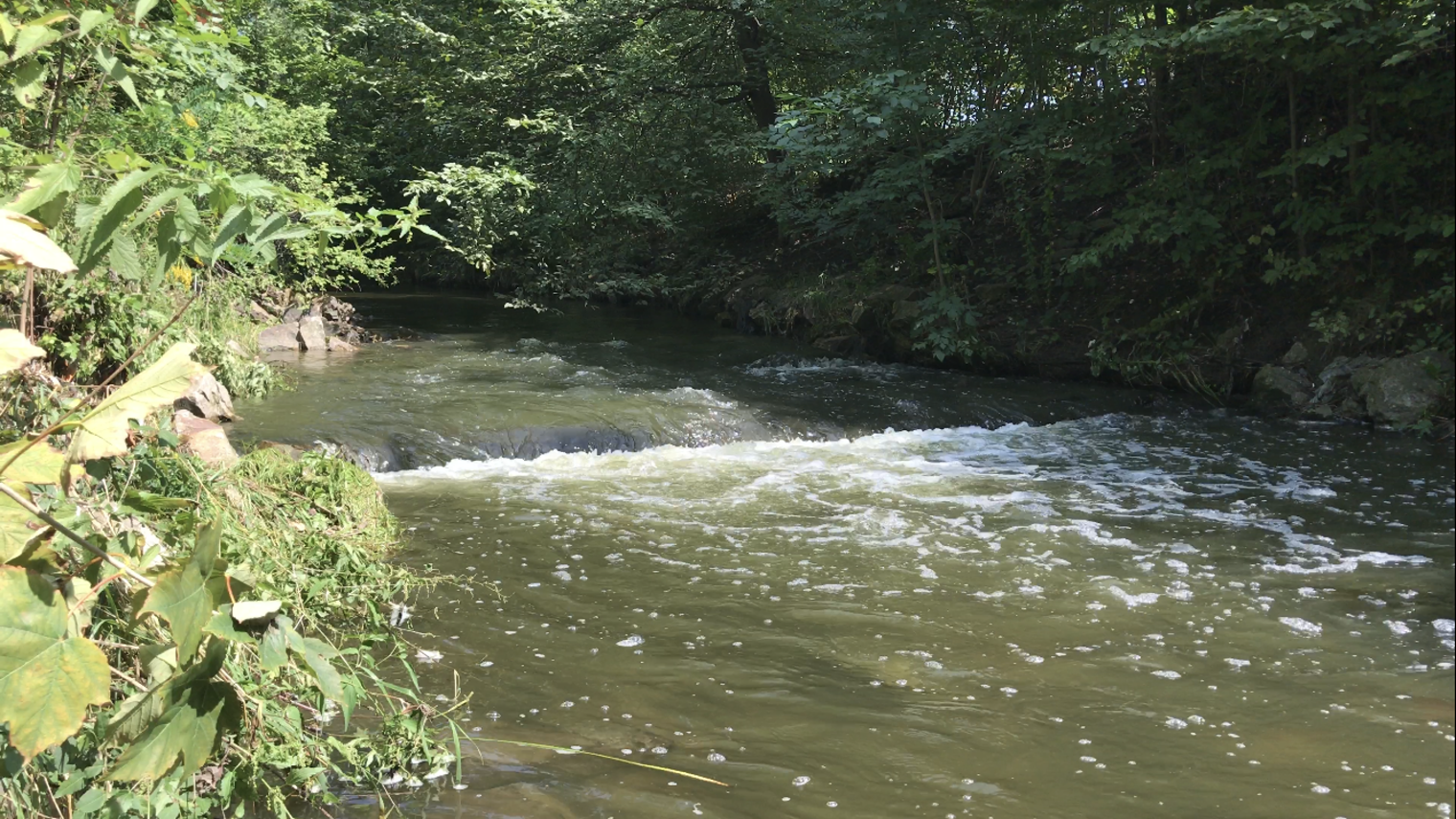The iOS 11 operating system will be officially released in about a month and will bring many changes that we will definitely be covering to some extent in the future. One of the more fundamental ones is the arrival of new formats that are supposed to help users save space on their device (or subsequently in iCloud). If you're currently testing the iOS 11 beta, you've probably already come across this new setting. It is hidden in the camera settings, in the Formats tab. Here you can choose between "High Efficiency" or "Most Compatible". The first mentioned version will store images and videos in HEIC formats, or HEVC. The second is in classic .jpeg and .mov. In today's article, we will look at how efficient the new formats are in terms of saving space, compared to their predecessors.
Testing took place by capturing a specific scene first in one way, then in another, with an effort to minimize the differences. Videos and photos were taken on an iPhone 7 (iOS 11 Public Beta 5), with default settings, without the use of any filters and post-processing. Video recordings focused on shooting one scene for 30 seconds and were captured in 4K/30 and 1080/60 formats. Accompanying images are modified originals and are only illustrative to depict the scene.
Scene 1
.jpg - 5,58MB (HDR - 5,38MB)
.HEIC – 3,46MB (HDR – 3,19MB)
.HEIC is about Present in several = 38% (Present in several = 41% smaller) than .jpg

Scene 2
.jpg - 5,01MB
.HEIC – 2,97MB
.HEIC is about Present in several = 41% smaller than .jpg

Scene 3
.jpg - 4,70MB (HDR - 4,25MB)
.HEIC – 2,57MB (HDR – 2,33MB)
.HEIC is about Present in several = 45% (Present in several = 45%) smaller than .jpg

Scene 4
.jpg - 3,65MB
.HEIC – 2,16MB
.HEIC is about Present in several = 41% smaller than .jpg

Scene 5 (attempted macro)
.jpg - 2,08MB
.HEIC – 1,03MB
.HEIC is about Present in several = 50,5% smaller than .jpg

Scene 6 (Macro Attempt #2)
.jpg - 4,34MB (HDR - 3,86MB)
.HEIC – 2,14MB (HDR – 1,73MB)
.HEIC is about Present in several = 50,7% (Present in several = 55%) smaller than .jpg

Video #1 - 4K/30, 30 seconds
.mov – 168MB
.HEVC – 84,9MB
.HEVC is about Present in several = 49,5% smaller than .mov

Video #2 - 1080/60, 30 seconds
.mov – 84,3MB
.HEVC – 44,5MB
.HEVC is about Present in several = 47% smaller than .mov

From the above information, it can be seen that the new multimedia formats in iOS 11 can save on average 45% of the place, than in the case of using the existing ones. The most fundamental question remains how this new format, with an advanced type of compression, will affect the resulting quality of photos and videos. The assessment here will be very subjective, but I personally did not notice a difference, whether I examined the photos or videos taken on an iPhone, iPad or on a computer screen. I found the .HEIC photos to be better quality in some scenes, but this may be a slight difference between the photos themselves - no tripod was used when the photos were taken and there was a slight change in composition during the change of settings.
If you only use your photos and videos for your own purposes or to share on social networks (where another level of compression is going on anyway), switching to the new formats will benefit you, as you will save more space and you will not know it in quality. If you use the iPhone for (semi)professional photography or filming, you will need to carry out your own testing and draw your own conclusions, taking into account specific needs that I am not able to reflect here. The only potential downside to the new formats is compatibility issues (especially on the Windows platform). However, this should be resolved once these formats become more widespread.
I have the latest Beta and I can't see the format setting in the Camera https://uploads.disquscdn.com/images/cde7cf73b98e29cb196c5f98bd600f4fa8fb857ddcdb50e24b6be8f2ab8c4ff1.png
Neither me nor the iPhone 6. Yours looks like an iPad. In my opinion, if it doesn't have a newer 12mpx chip and RAW support, it won't work.
iPad Pro 9,7. Where else should it work
I'm also the ninth.. iP6 and the last beta.. but it's probably a "feature" only for iP7 :D
The new formats are useless until they are supported by graphics editors, presentation software, etc. As long as conversion is required for processing, the new format is just an extra problem (conversion=down quality). Simply put: until HEIF can do PowerPoint, Photoshop, FB and more, it's as if it wasn't.